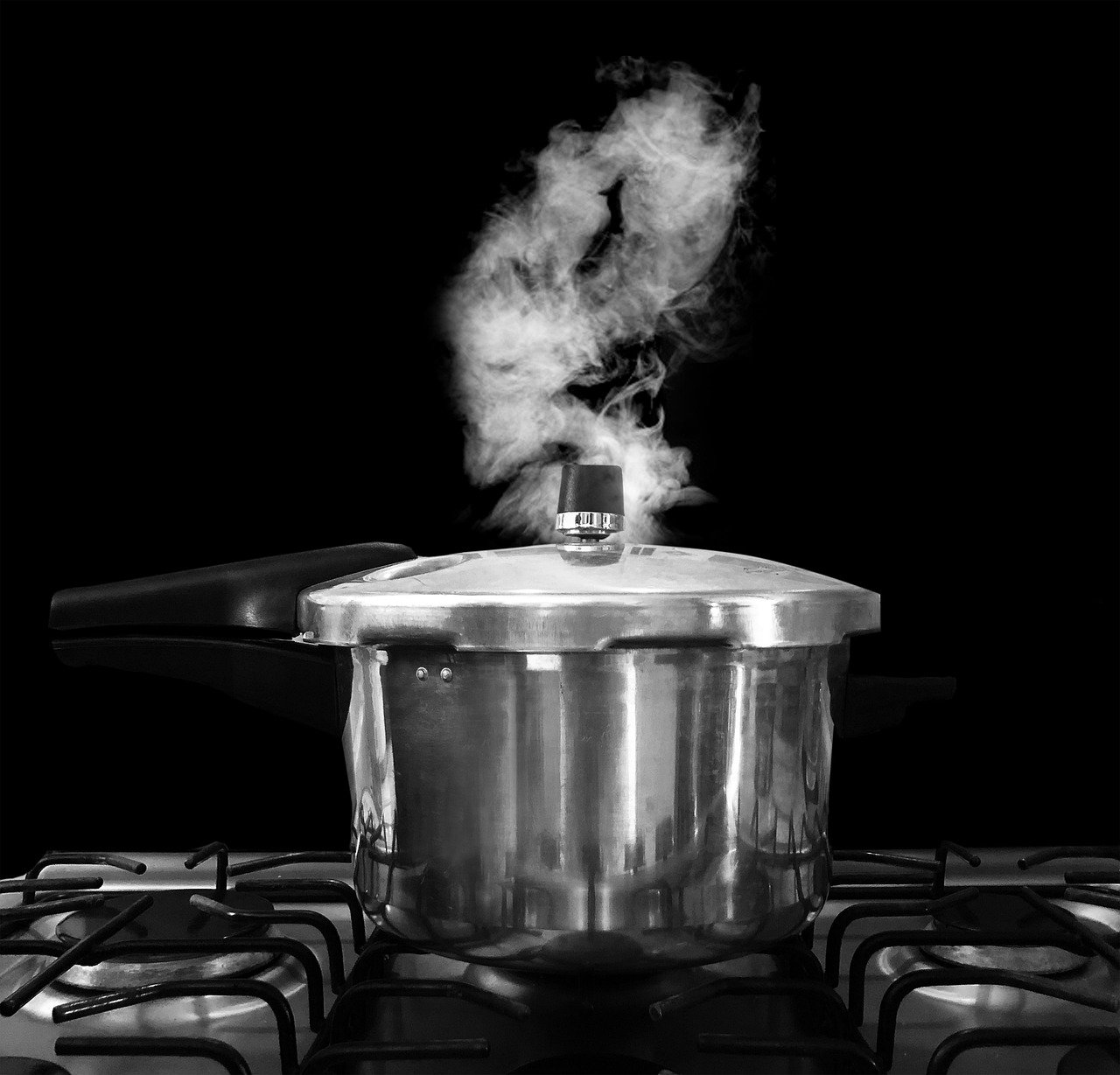Hypertension Drug Prescriptions and Blood Pressure Management in Singapore's GPs and Polyclinics
10 min read | for healthy hearts
Digital Health Clinic
21 May 2024

10 min read | for healthy hearts
Hypertension, or high blood pressure, is a prevalent condition affecting approximately 37% of Singapore residents aged 18 to 74, according to the 2022 National Population Health Survey. This chronic condition significantly increases the risk of cardiovascular diseases (CVD) such as stroke, heart failure, and kidney damage. Effective management through lifestyle interventions, hypertension drug prescriptions, and regular monitoring is critical. In Singapore, general practitioners (GPs) and polyclinics play a pivotal role in diagnosing, treating, and managing hypertension, ensuring patients achieve optimal blood pressure control. This article explores hypertension management, prescription refills, and the role of primary care in Singapore, with a focus on SEO-friendly terms such as hypertension treatment Singapore, blood pressure management, and antihypertensive medications.
Hypertension is defined as a clinic blood pressure (BP) reading of ≥140/90 mmHg (Grade 1 hypertension) or high-normal BP of 130-139/85-89 mmHg. Globally, it affects 1.28 billion people, and in Singapore, over half of those with hypertension were previously undiagnosed, highlighting the need for robust screening and management systems. Uncontrolled hypertension can lead to severe complications, making timely intervention crucial.Primary care settings, including GPs and polyclinics, are the first point of contact for most patients. These facilities are equipped to conduct comprehensive cardiovascular risk assessments, prescribe antihypertensive medications, and provide lifestyle counseling. The Agency for Care Effectiveness (ACE) Clinical Guidance (ACG) on hypertension, published on 15 December 2023, serves as a cornerstone for standardizing care across Singapore’s healthcare system.
GPs and polyclinics are integral to Singapore’s healthcare ecosystem, offering accessible and cost-effective care. They provide:
The ACG recommends angiotensin-converting enzyme (ACE) inhibitors, angiotensin receptor blockers (ARBs), calcium channel blockers (CCBs), or thiazide/thiazide-like diuretics as first-line antihypertensive medications. These drugs have comparable BP-lowering efficacy and are effective in reducing cardiovascular events. Key considerations for prescribing include:
For patients requiring significant BP reduction (e.g., systolic BP ≥20 mmHg or diastolic BP ≥10 mmHg above target), low-dose dual therapy with two different antihypertensive classes is recommended. Effective combinations include:
Dual therapy offers greater BP reduction and a better safety profile compared to high-dose monotherapy. Single-pill combinations enhance adherence by reducing pill burden, though they may not suit patients needing individualized dose adjustments.
If BP targets are not achieved within three months, treatment intensification is advised. This may involve increasing the dose, adding another drug class, or switching medications. Before intensification, GPs assess adherence, salt intake, and potential secondary hypertension causes (e.g., renal disease or medication-induced hypertension).
Prescription refills are a critical aspect of hypertension management, ensuring continuity of care. In Singapore, GPs and polyclinics streamline this process through:
Patients are advised to schedule follow-ups every six months, with more frequent visits (e.g., every three months) for those with high-risk conditions or recent treatment changes. Home BP monitoring complements clinic visits, enabling patients to track trends and share data with their healthcare provider.
Lifestyle interventions are foundational to hypertension management. GPs and polyclinics provide personalized advice on:
To enhance medication adherence, GPs employ strategies such as:
GPs and polyclinics refer patients to specialists in cases of:
Resistant hypertension requires careful evaluation of adherence, standardized BP measurement, and exclusion of substances that elevate BP (e.g., NSAIDs or oral contraceptives). Specialist input ensures tailored management for complex cases.
Home BP monitoring is encouraged to:
Patients are educated on proper techniques, with resources accessible via QR codes in the ACG. Follow-up schedules are tailored to clinical needs, with high-risk patients requiring more frequent reviews.
Hypertension management in Singapore’s GPs and polyclinics is comprehensive, integrating cardiovascular risk assessment, evidence-based pharmacotherapy, and lifestyle interventions. The ACG provides a standardized framework, recommending ACE inhibitors, ARBs, CCBs, or thiazide diuretics as first-line treatments, with dual therapy for significant BP reduction. Prescription refills are streamlined through EHRs, telemedicine, and delivery services, while the Healthier SG initiative enhances chronic disease care. By combining medical expertise with patient-centered strategies, Singapore’s primary care system effectively controls hypertension, reducing the burden of cardiovascular disease.
blog